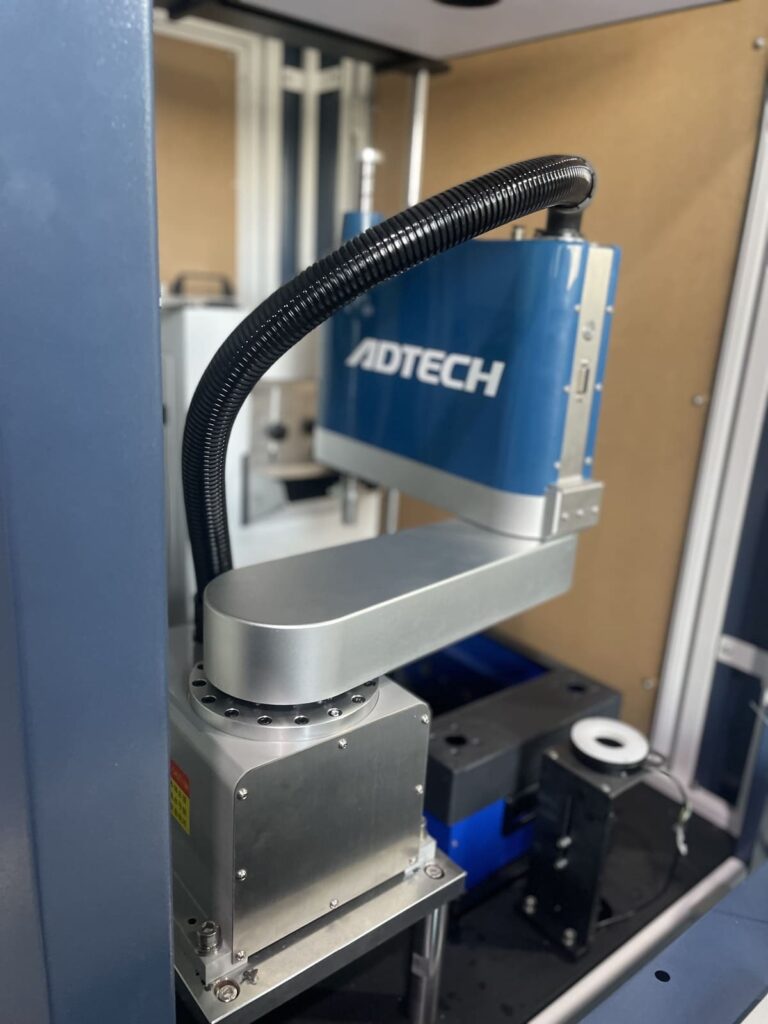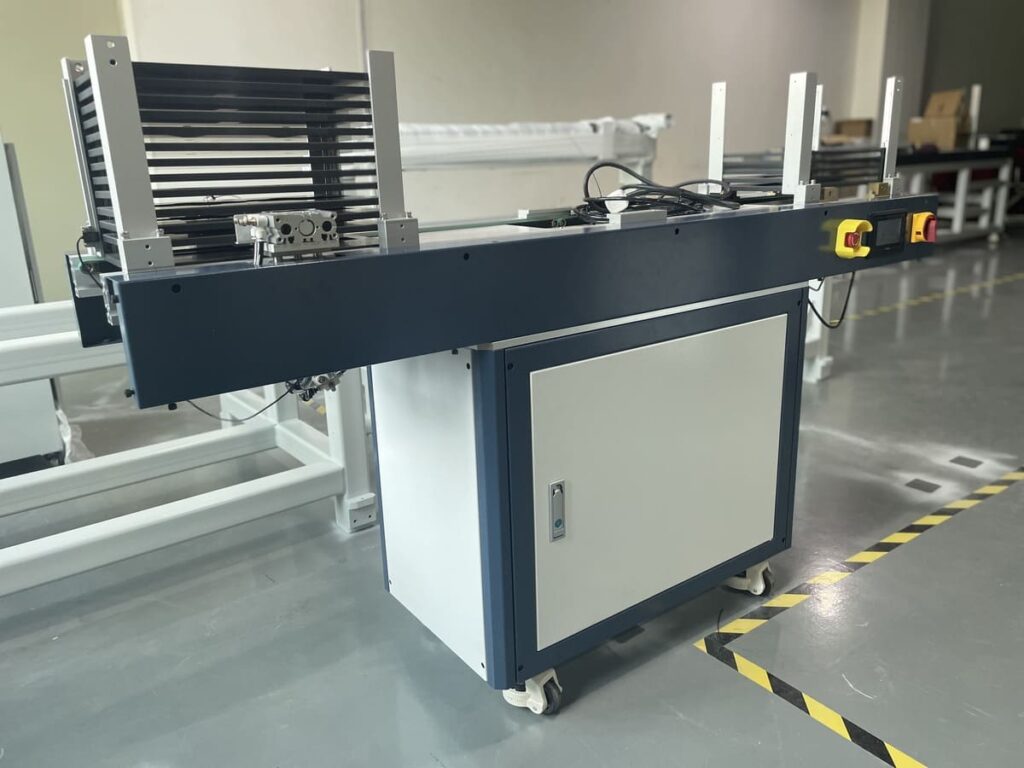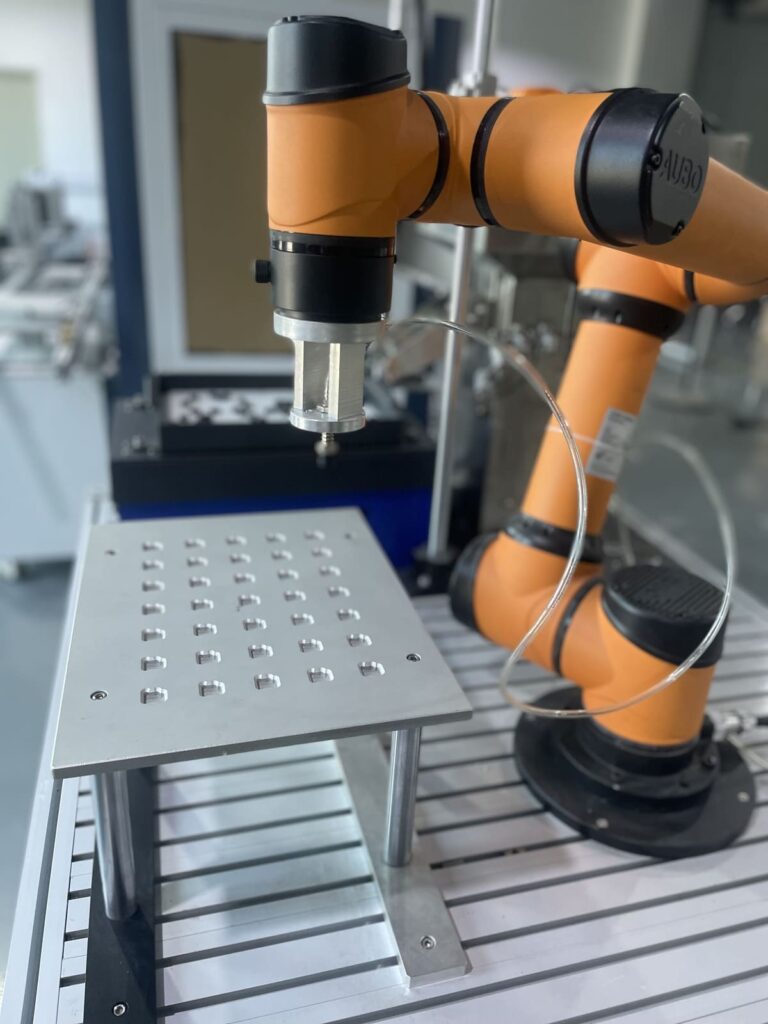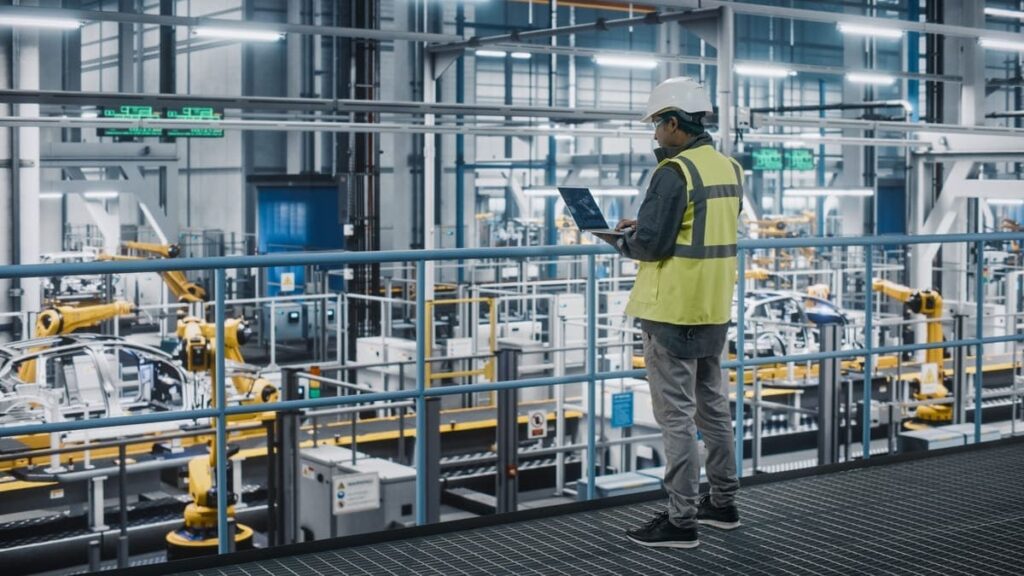Flexible feeders are widely used in manufacturing industries to automate the feeding process of components or parts into production lines. These feeders can handle a variety of parts of different sizes and shapes, making them a versatile option for companies that produce multiple products.

However, to ensure maximum efficiency, it is important to optimize your flexible feeder. In this article, we will discuss various ways to optimize your flexible feeder for maximum efficiency.

manufacturing industries to automate the feeding process of components or parts into production lines.
These feeders can handle a variety of parts of different sizes and shapes, making them a versatile option for companies that produce multiple products.
Understanding Your Flexible Feeder
Before optimizing your flexible feeder, it is important to understand how it works. A flexible feeder consists of a bowl feeder, a vibrating drive unit, and a flexible hopper.

The bowl feeder is designed to orient and sort the parts, while the vibrating drive unit provides the necessary vibrations to move the parts along the bowl feeder.
The flexible hopper, which is typically made of silicone, allows the feeder to handle different sizes and shapes of parts.
Optimizing Your Flexible Feeder
Choosing the Right Size
The size of your flexible feeder is critical to its efficiency. A feeder that is too small will not be able to handle the required number of parts, while a feeder that is too large will consume unnecessary space and energy.

The size of your feeder should be based on the size and weight of the parts you are feeding, as well as the required throughput.
Adjusting the Vibrations
The vibrations of your feeder are important for moving the parts along the bowl feeder. Adjusting the vibration settings can help optimize the feeding rate and reduce the risk of jams.

You can adjust the vibration settings by changing the frequency and amplitude of the vibrations. It is recommended to start with a low frequency and amplitude and gradually increase it until the desired feeding rate is achieved.
Controlling the Feed Rate
The feed rate of your flexible feeder should be optimized to match the requirements of your production line. You can control the feed rate by adjusting the vibration settings, the size of the bowl feeder, and the angle of the flexible hopper.

It is important to find the right balance between the feed rate and the speed of your production line to avoid any bottlenecks.
Maintaining the Feeder
Regular maintenance of your flexible feeder is important to ensure maximum efficiency. You should inspect the feeder regularly for any signs of wear and tear, such as cracks or tears in the flexible hopper.

You should also clean the feeder regularly to remove any dirt or debris that may cause jams or affect the feeding rate. It is recommended to follow the manufacturer’s maintenance guidelines to ensure the longevity and performance of your feeder.
Choosing the Right Components
The components of your flexible feeder can also affect its efficiency. Choosing high-quality components, such as bowl feeders, vibrating drive units, and flexible hoppers can help ensure a smooth and efficient feeding process.

It is recommended to choose components that are compatible with your feeder and meet the requirements of your production line.
FAQs
Q: How do I choose the right size of flexible feeder for my production line?
A: The size of your flexible feeder should be based on the size and weight of the parts you are feeding, as well as the required throughput. You should also consider the available space and energy requirements of your production line.
Q: How do I adjust the vibrations of my flexible feeder?
A: You can adjust the vibration settings by changing the frequency and amplitude of the vibrations. It is recommended to start with a low frequency and amplitude and gradually increase it until the desired feeding rate is achieved.
Q: How do I control the feed rate of my flexible feeder?
A: You can control the feed rate by adjusting the vibration settings, the size of the bowl feeder, and the angle of the flexible hopper. It is important to find the right balance between the feed rate and the speed of your project.





